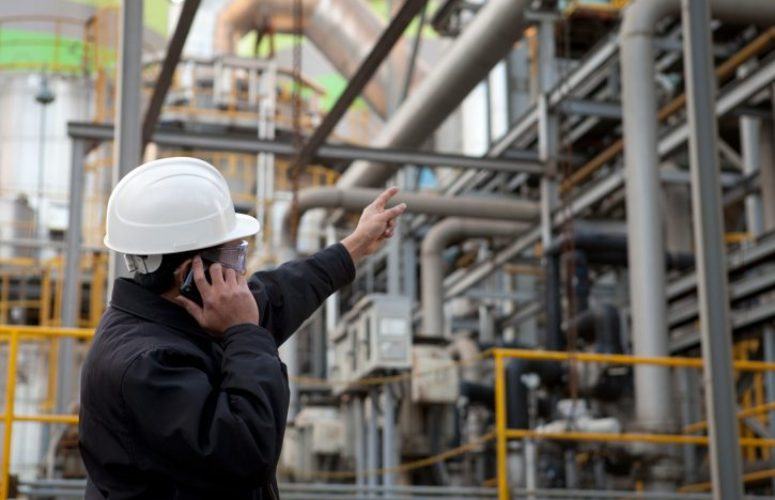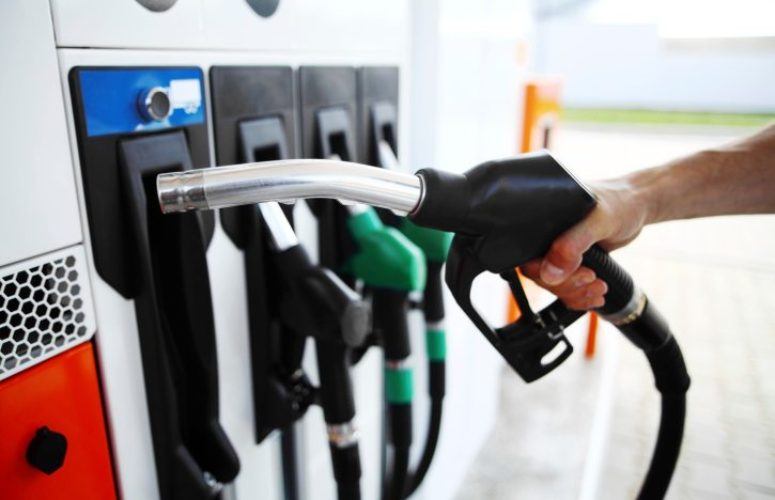
Special Report: How Harvey Is Hitting NJ Gasoline Pump Prices
By George N. Saliba, Managing Editor On Aug 31, 2017Underscoring just how interconnected the nation and the world are today, Hurricane Harvey, which shuttered at least 11 Texas oil refineries that usually would produce an estimated aggregate output of more than 2 million barrels a day, also resulted in the temporary closing of part of the Colonial Pipeline – a pipeline that starts in Houston and terminates at the New York harbor, seamlessly moving fuel across the nation. Additionally, the largest refinery in the nation – in Port Author, Texas – temporarily closed, yesterday.
Against this backdrop, between August 24 and today, branded gasoline had already spiked 20 to 25 cents, and spiked additionally today, at a fluctuating level. If the futures market is any predictor, gasoline prices may rise even higher.
That said, within the past six hours, Colonial Pipeline Company revised its statement to say that it would in fact continue shipments east of Lake Charles, Louisiana, while functionality west of that locale would be closed. However, it remains unclear – according to Eric DeGesero, executive vice president of Fuel Merchants Association of New Jersey, a statewide trade association that represents gasoline, diesel and heating oil distributors – if and when tanks farms east of Lake Charles would need to be resupplied with fuel from west of that location.
DeGesero reminds NEW JERSEY BUSINESS readers that the eventual re-opening of Texas refineries is “not like flipping the lights in our living rooms.” Reopening, in fact, includes assessments of: physical damage; piers; the potentially debris-laden Gulf of Mexico shipping channels; and even the ability for refineries’ employees to physically access their places of employment.
The good news is that while East Coast local production is not at the levels it historically was, it does exist, and, additionally, finished gasoline may be imported from other countries to help abate Hurricane Harvey’s impact.
Enough variables exist so that how the equation will unfold cannot be entirely predicted. However, DeGesero concludes, “We have dealt with disruptions like this, whether it was with [Hurricane] Katrina, and certainly to a much more significant extent, [Superstorm] Sandy. But, the message is that the infrastructure is resilient – there’s a lot of moving parts to it – and it works seamlessly day-in/day-out; it is a very complicated system.
“When there is a variable such as this, there will be some short-term disruption, which isn’t pleasant for any of us. Over time, it will clear itself out. It is just a matter of us living through the rough patch between now and [when it clears up].”
Related Articles:





